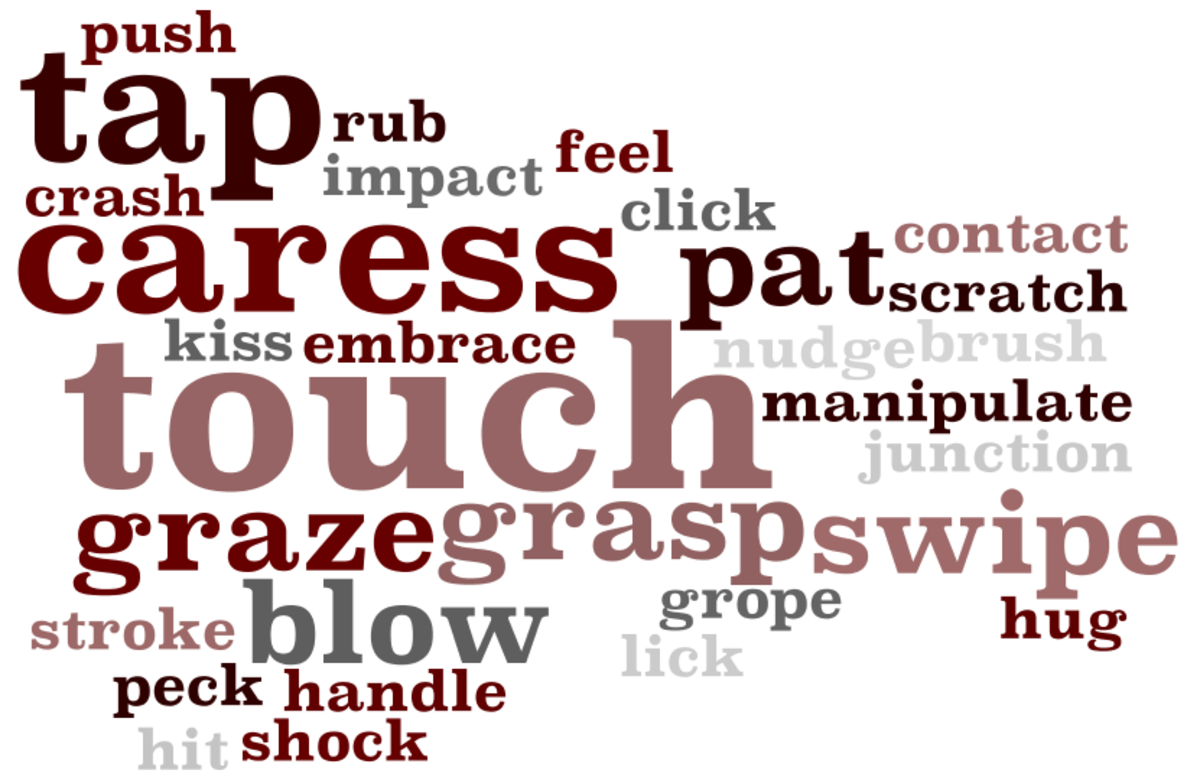Spanish Lesson Fifty-Two: Imperfect Subjunctive

Hey Readers!
It's Monday again so now we can learn some more Spanish together. I've decided that Spanish Lesson One Hundred will be my last Spanish lesson and that we'll learn a new language together. I'm thinking about Portuguese. I know this is a long time coming, but it seems that time goes by so quickly these days. So as I mentioned before, I'm changing the layout of the Spanish lessons to be a bit more stylish. I hope you enjoy the new layout! Now! Let's learn some Spanish! Check out the objectives below!

Objectives
- To Learn the purpose and functionality of the Imperfect Subjuntive
- To Be Able to use the Imperfect Subjunctive in conversational Spanish
- To Be Able to understand the process of conjugating the tense
How Long Do You Practice Spanish Each Day?
Understanding The Imperfect Subjuntive
Hey Readers, I thought I'd begin to change the format and we're going to jump right into the lesson, or at least part of it. So has anyone figured out what the Imperfect Subjunctive really is or what it's for?
Well the simple answer is that it is just the past tense version of the Present Subjunctive. Now the Subjunctive is not considered to be a tense really, but a mood. Instilled in the mood of the Subjunctive is necessity, doubt, fear, worry, hope, etc. So with this new mood we can express ourselves in a way that isn't Indicative or filled with certainty. The Subjunctive is used quite a bit more in Spanish than in English and thus far is a simple way of expressing mood in the language. The tricky part, really, is conjugating verbs into the mood and knowing exactly when to use the Subjunctive over the Indicative. That lesson will be introduced soon.
For today's lesson, let's focus on phrases that indicate, hope, doubt, and necessity.

To Smell/To Scent: Oler*
To Forget: Olvidar
To Oppose: Oponer*
To Order/To Command/To Put in Order/To Arrange: Ordenar
To Organize/To Arrange/To Set Up: Organizar
To Dare/To Venture: Osar
To Pay (For): Pagar
To Stop (Someone or Something): Parar
To Stop (Oneself): Pararse*
To Seem/To Appear: Paracer
Today's Vocabulary
Hey Readers. I thought I do vocabulary a different way. We're going to swap out parts of speech each week instead of having such a large list. Today's list will be verbs (of all kinds). So I've placed an asterisk next to each word to indicate special rules we have learned beforehand. Well, one of them we have not.
Oler: In order to make this verb easier to pronounce in the Present Indicative, there is an O to UE stem change throughout save for the nosotros form. Now... since this change happens, an "h" is added at the beginning to make it: Huelo, Huelas, Huela, Olemos, Huelan.
Oponer: With "Poner" in its name, ensure that it is conjugated exactly like "Poner" in all tenses.
Pararse: Ensure that each conjugation includes each Reflexive Pronoun.
Forming The Imperfect Subjuntive
- Determine 3rd person Plural of verb in preterit.
- Drop the -ron ending
- Add -ra, -ras, -ra, -ramos or -ran
- You can also add -se, -ses, -se, -semos or -sen. Both sets of endings are correct.
Using The Imperfect Subjunctive
I hope this new format is proving exciting and engaging. Now that we're at this portion of the lesson, let me explain the usage of the Imperfect Subjunctive.
Now, as you already know, the Imperfect Subjunctive is a mood that instills doubt, worry, necessity, uncertainty, etc. The subjunctive always follows an Impersonal Expression. Usually these phrases are opinions of what the person is thinking about. Also these phrases instill doubt, making the sentence itself subjunctive. Let's list a few impersonal expressions.
Es raro que... It's rare that...
Es malo que... It's bad that...
Espero que... I hope that...
Es necesario que... It's necessary that...
Es posible que... It's possible that...
Those phrases are just examples of impersonal expressions. Now that we have a phrase to use as an example, let's plug in the rules we learned earlier and the conjugation rules on the right to create a complete sentence.
Es posible que yo tuviera (tuviese) dos minutos para llegar. It's possible that (I) Had (might have had) two minutes to arrive. Remember that we are discussing the past in this case because we're discussing the imperfect. So I said that it's possible that I had two minutes to arrive. It's possible instills doubt and uncertainty and that is why when using this phrase you MUST use the subjunctive to follow it. Note that I added the pronoun "yo" to indicate that I was talking about myself. Remember the first person and third person conjugations are the same. In order to indicate which you are using, add a pronoun or noun to clarify this.
Es raro que él pudiera (pudiese) llevar un traje. It's rare that (he) was able to (might have been able to) to wear a suit. Remember that you can choose your ending because there are two sets. Add nouns or pronouns to indicate the subject. You don't have to do this for nosotros because "we" means "we", right?
Espero que tuvieras un buen dia. I hope that you (might have) had a nice day.
Espero que tengas un buen dia. I hope that you (might) have a nice day.
In the above examples I wanted to show the difference between the Present Subjunctive and Imperfect Subjunctive. They both instill doubt, they both come after impersonal expressions and both of them are subjunctive by nature. If it's not indicative, it's subjunctive. The only difference is the conjugation and the tenses.
Present Subjunctive: Uses "Yo" form of present indicative verbs to form new verb. -a, -as, -a, -amos, -an endings for -ER/-IR verbs and e, es, e, emos, en for -AR verbs
Imperfect Subjunctive: Uses "Ellos/Ellos/Ustedes" form of preterit verbs to form new verb. Drop -ron endings for all verbs and add -ra, -ras, -ra, -ramos, -ran OR -se, -ses, -se, -semos, -sen
So there you have it readers! Check out the video, links, and references below. Thanks for reading! Oh! Next week we'll discuss Health and The Body. Come on back for that!
Further Study
- Spanish Imperfect Subjunctive - Imperfecto de subjuntivo - e Learn Spanish Language
The imperfect tense of the subjunctive mood is used to express the same subjective attitudes as the present subjunctive, but in the past. There are two complete sets of conjugations, and although you only need to memorize and use one or the other, yo - Spanish Verbs - Imperfect Subjunctive ~ Imperfecto de Subjuntivo
Spanish Verbs - Imperfect Subjunctive Conjugation - Imperfect Subjunctive | SpanishDict Answers
Overview The imperfect/past subjunctive (el pretérito imperfecto de subjuntivo) follows all the same rules as the present subjunctive for when to use it. The only difference is timing. Use the imperfect subjunctive when the WEIRDO verb (independent.








